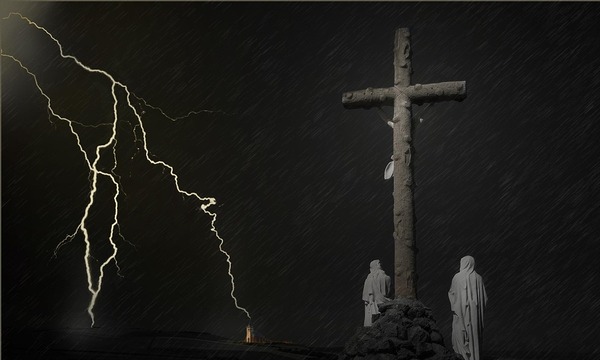One of the ways to interpret the idyllic story of Ruth is to read it as a wisdom text—an illustration of God’s order in the lives of his faithful people. There are a number of good reasons to read Ruth in this way.
First, the position of the book of Ruth between the historical books of Judges and Samuel provides a familiar canonical context for interpreting the story in its chronological setting. However, Ruth is also positioned among the “Writings” in the Hebrew canonical traditions where it is usually sandwiched between the wisdom books of Proverbs and Song of Songs. These three books (Proverbs, Ruth and Song of Songs) share some common themes such as female perspectives on marriage, family and sexuality. This latter canonical context may explain in part why Jewish scholars are more apt than Christian scholars to read the book of Ruth as a wisdom text.
Second, Proverbs and Ruth are the only two books in the Bible that employ the phrase “woman/wife of noble character” (’ešet ḥayil; Prov. 12:4; 31:10; Ruth 3:11). Even Boaz, who is described with the same phraseology in Ruth 2:1 (ḥayil; cf., 4:11b), resembles the husband of Proverbs 31:23 who is “respected at the city gate, where he takes his seat among the elders of the land.” When the book of Ruth is juxtaposed with Proverbs, one can easily appreciate the many ways that the narrative presentation of Ruth and Boaz is similar to the poetic portrait expressed in Proverbs 31:10–31.[1] Both the Proverbs 31 poem and the story of Ruth can be viewed as inspiring illustrations of God’s wisdom and order in the contexts of daily life.
A third reason to interpret Ruth as a wisdom text may be found in the narrator’s strategic choice of obscure words. In Ruth 4, it appears that the unique language of “acquiring [qanah] a wife” (vv. 5, 10), is employed as a possible allusion to the acquisition of wisdom (see Prov. 4:5, 7; 16:16; 17:16; 23:23; cf., Prov. 18:15). Therefore Boaz not only acquires a wise wife but may also acquire wisdom itself.
So, based on canonical positioning (following Proverbs) and the use of key terms and phrases (like “woman/wife of noble character” and “acquire” in both Proverbs and Ruth), it is appropriate to read the book of Ruth as a kind of wisdom text. However, looking at Ruth through the lens of wisdom should not preclude the essentially historical nature of the account (supported by the genealogical coda in 4:18-22) nor should it preclude a contrastive interpretation of Ruth “in the days when the judges ruled” (1:1; supported by Ruth’s other canonical position, following the book of Judges).
Finally, the wisdom of Ruth and Boaz is not the main point by itself. Their wisdom is a reflection of God’s wisdom. These exemplary human characters embody God’s wisdom (even if imperfectly), and they inspire others to do the same. The status of the story as Scripture (i.e., God’s self-revelation) means that it is not primarily about Ruth, Boaz or even Naomi. The human protagonists should not be viewed directly as heroes or heroines for emulation. Rather, they are the bit players in God’s drama. The main focus should be on God’s presence and on what God is doing in and through these characters (cf., Ruth 2:20). If God is the primary actor in this drama, then his wise actions and plans must serve as the foundation for applying and teaching the book of Ruth. The point is to let the human characters be catalysts for inspiring wise/godly living in our present contexts.
[1] For an exposition of the Proverbs 31 poem see http://magazine.biola.edu/article/09-spring/the-god-of-noble-character/.
 Biola University
Biola University


.jpg)
